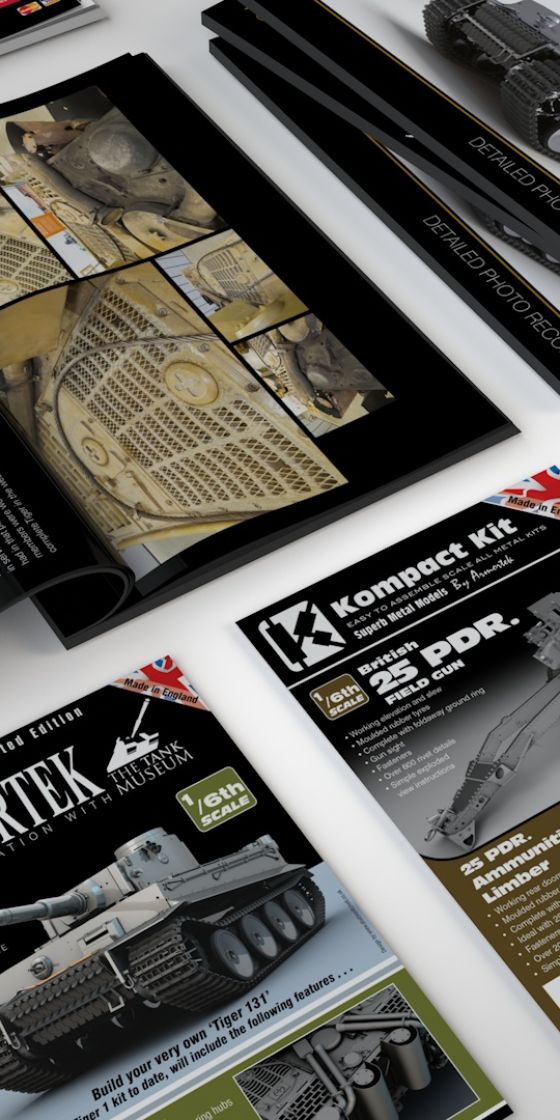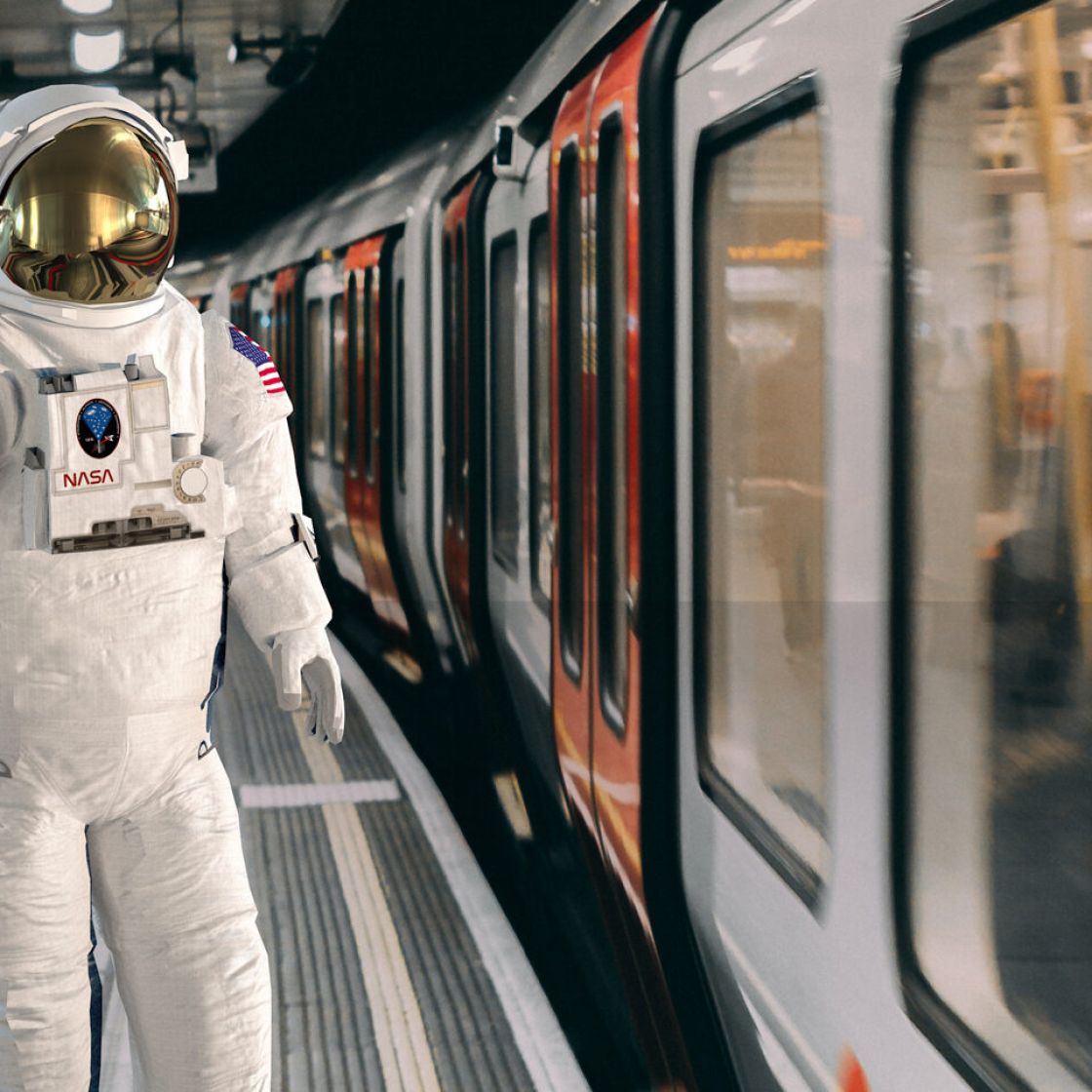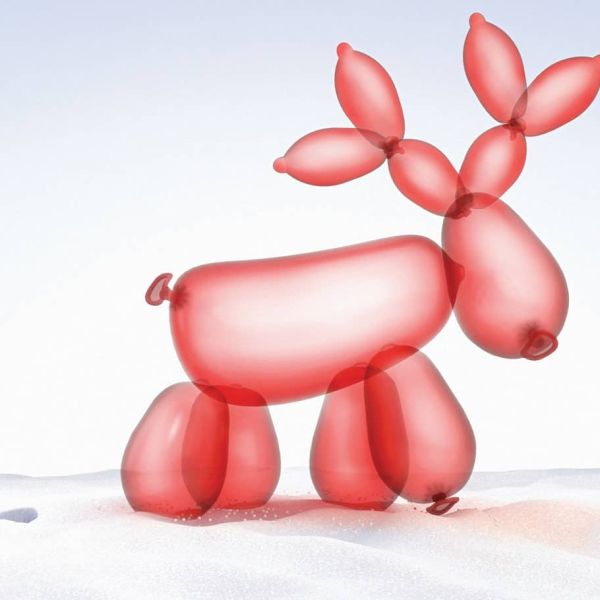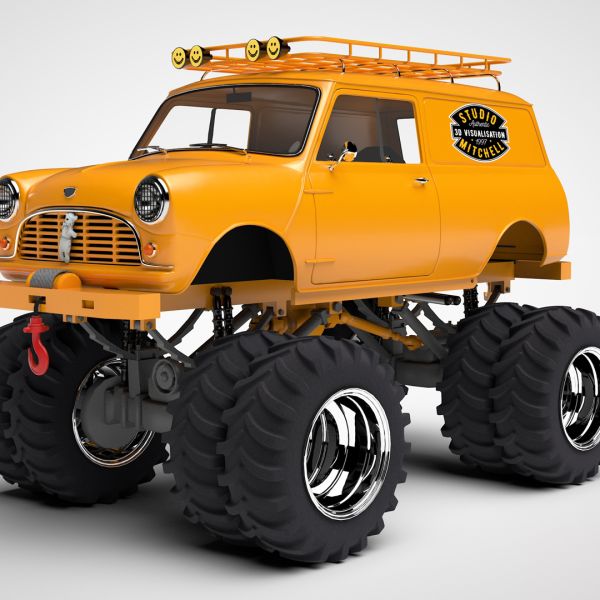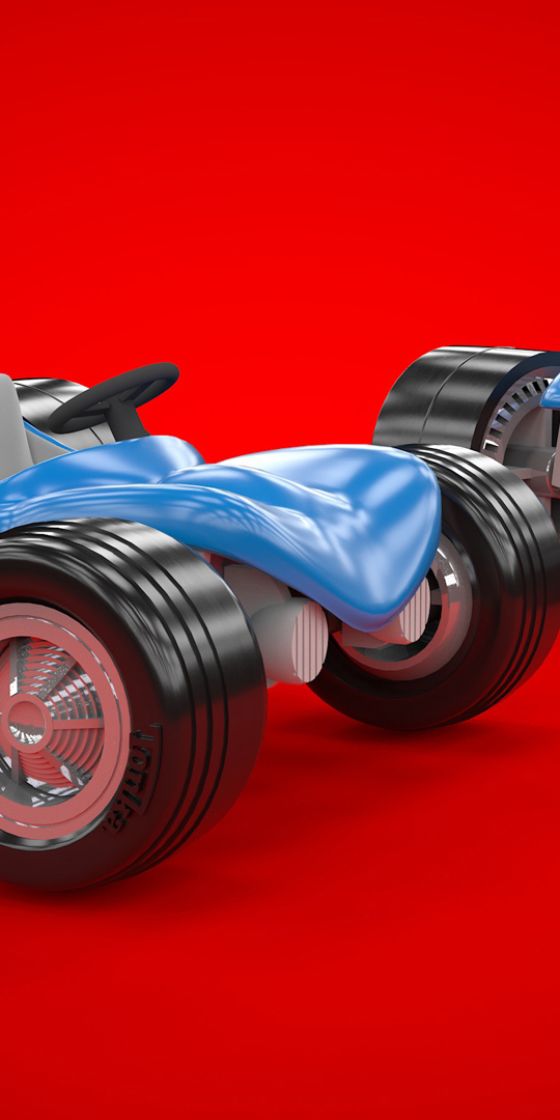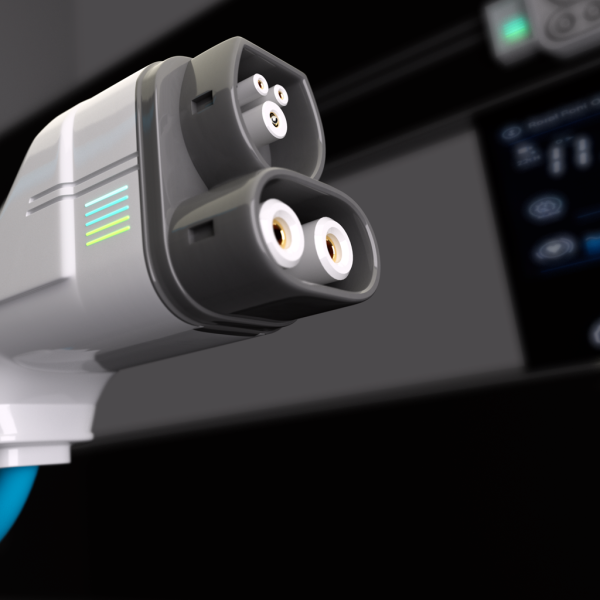
What are the Benefits Of Using 3d visualisation In Your Business
In the modern era of digital marketing, the importance of visuals and graphics cannot be overstated. With the rise of 3D technology, businesses everywhere are now starting to incorporate 3D images into their marketing campaigns. Whether you’re a small business or a larger corporation, this is something that you should consider doing. Here are some of the benefits of using 3D images in your business.
- Enhances Your Visual Appeal: 3D images can help to create a more appealing visual presence on your website and other digital platforms. They are more realistic than 2D images and can help to draw in more customers.
- Improves Your Credibility: 3D images also make your brand appear more professional and credible. They show potential customers that you’re serious about your business and that you’re investing in the latest technology. This can be especially beneficial if you’re in a competitive industry.
- Shows Your Product’s Complete Details: 3D images can help to show customers all of the details of your product or service. This can be especially helpful if you’re selling a complex product. Customers will be able to get a better idea of how the product works before they buy it.
- Enhances Your Brand Identity: 3D images help to create a unique brand identity. This can help to make your business stand out from the competition. You can use 3D images to create interactive marketing campaigns and engage with customers in a unique way.
- Improves Your Social Media Experience: 3D images can help to improve the user experience on your social media accounts. Customers will be able to interact with your product in a more engaging way, which can help to increase your engagement rate.
- Improves Your SEO: Incorporating 3D images into your website can also help to improve your SEO. 3D images can help to increase the number of backlinks to your website, which can help to improve your rankings on search engine results pages.
- Increases Your Conversion Rates: 3D images can help to increase the conversion rates on your website. They can help to make your website more visually appealing, and customers will be more likely to purchase your product.
An In-Depth Look at the Process of 3D Visualisation
3D visualisation is a powerful tool used to create realistic visuals of products, services, and architecture. This photo-realistic media can be used for a variety of purposes, including architectural visualisation, product visualisation, and marketing both in print and digitally on the web and on social media. In this article, we’ll take an in-depth look at the process of 3D visualisation, from start to finish.
The process of 3D visualisation starts with creating a 3D model. This model is usually generated from CAD data or a 3D scanner, and can be manipulated and animated to create a realistic representation of the object or scene. Once the model is complete, it can be used to generate photorealistic images or videos for print or web.
For web, 3D visualisation can be used to create interactive 3D viewers and augmented reality experiences. This allows customers to interact with the 3D model, spin it around, and view it from different angles. Additionally, 3D visualisation can be used to create animation, helping to bring products and services to life.
For print, 3D visualisation is used to create high-quality visuals that can be used in advertisements, brochures, and other print media. 3D visuals can help to make your print materials stand out, and provide customers with a realistic view of your products and services.
Creating photorealistic visuals requires a combination of strategy, software, and artistry. The 3D artist first needs to understand the project, using plans, sketches, and reference images provided by the client. From there, the 3D artist uses specialized 3D modelling software to create a digital model. This model is then used to apply images to the 3D models to make them look as realistic as possible. This step is analogous to painting a physical model or gluing materials and photographs onto it.
The 3D artist then sets up lights in the 3D scene to replicate real-world lighting. This process is similar to the way a photographer or videographer would set up lighting before shooting. Finally, the computer generates the 2D image or images from the scene created in the steps above. This process is referred to as “rendering” and can take anywhere from a fraction of a second to several days.
Conclusion
This medium is a great way to show your customers the true nature of your product or service. It is a powerful tool that can help you reach out to a larger audience.
By using 3D visualisation, you can show your customers a more realistic view of your product or service. Additionally, 3D images can be used to help customers understand how your product or service will look in real-life. Finally, by using 3D visualisation, you can create a more immersive experience for your customers.
Take the next step with Studio Mitchell
Contact us today to discuss your 3D project. If you are looking for 3D animation services click here.

